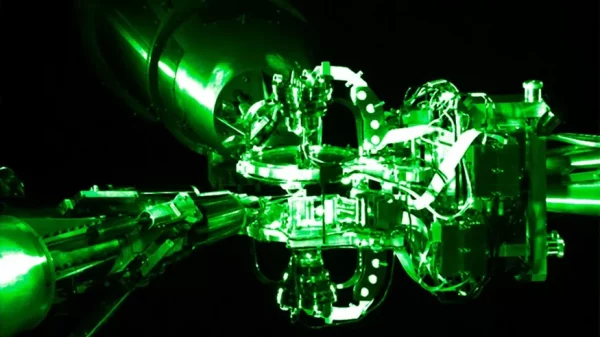Scientists have just announced a breakthrough in nuclear fusion ignition: For the first time the heart of a powerful fusion reactor has briefly generated more energy than was put into it. But experts are urging caution, saying that the breakthrough, while hugely significant, is still a long way from safe, limitless nuclear energy.
On Tuesday (Dec. 13), physicists at the U.S. government-funded National Ignition Facility (NIF) at Lawrence Livermore National Laboratory in California announced that they were able to fire a laser carrying roughly 2 megajoules of energy into a tiny fuel pellet made up of two hydrogen isotopes, turning the atoms into plasma and producing 3 megajoules of energy — a 50% increase.
Scientists, however, have urged caution in interpreting these results. The reactor as a whole did not produce a net gain of energy. For a fusion reaction to be practically useful, the tens of megajoules drawn from the electrical grid, converted into the laser beams and fired into the reactor core would have to be significantly less than the energy released from the plasma.
“Writer Fuel” is a series of cool real-world stories that might inspire your little writer heart. Check out our Writer Fuel page on the LimFic blog for more inspiration.


